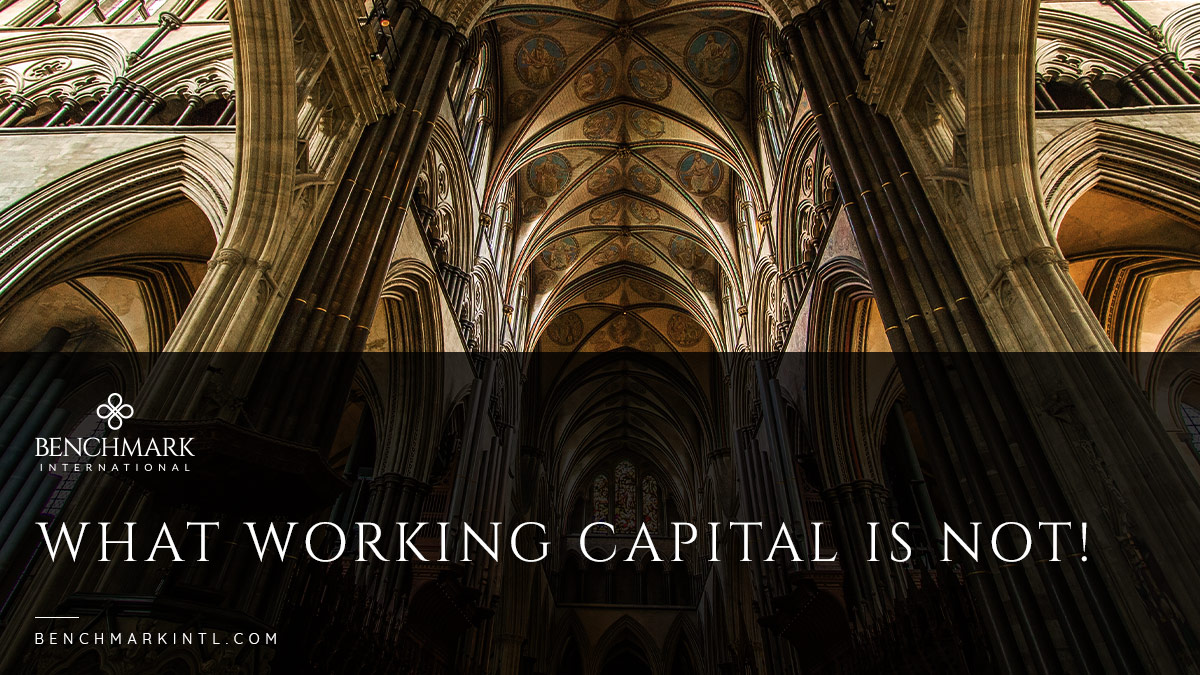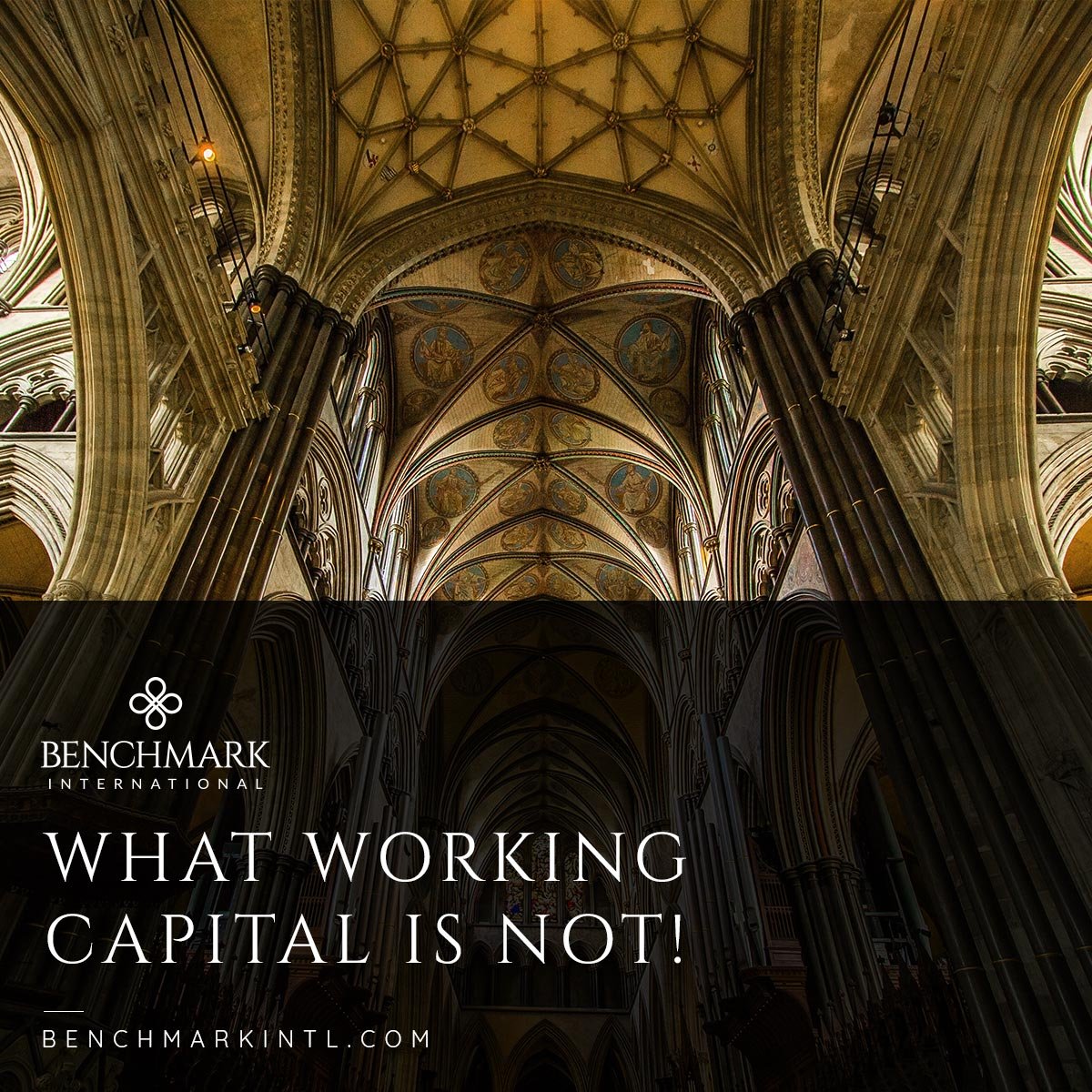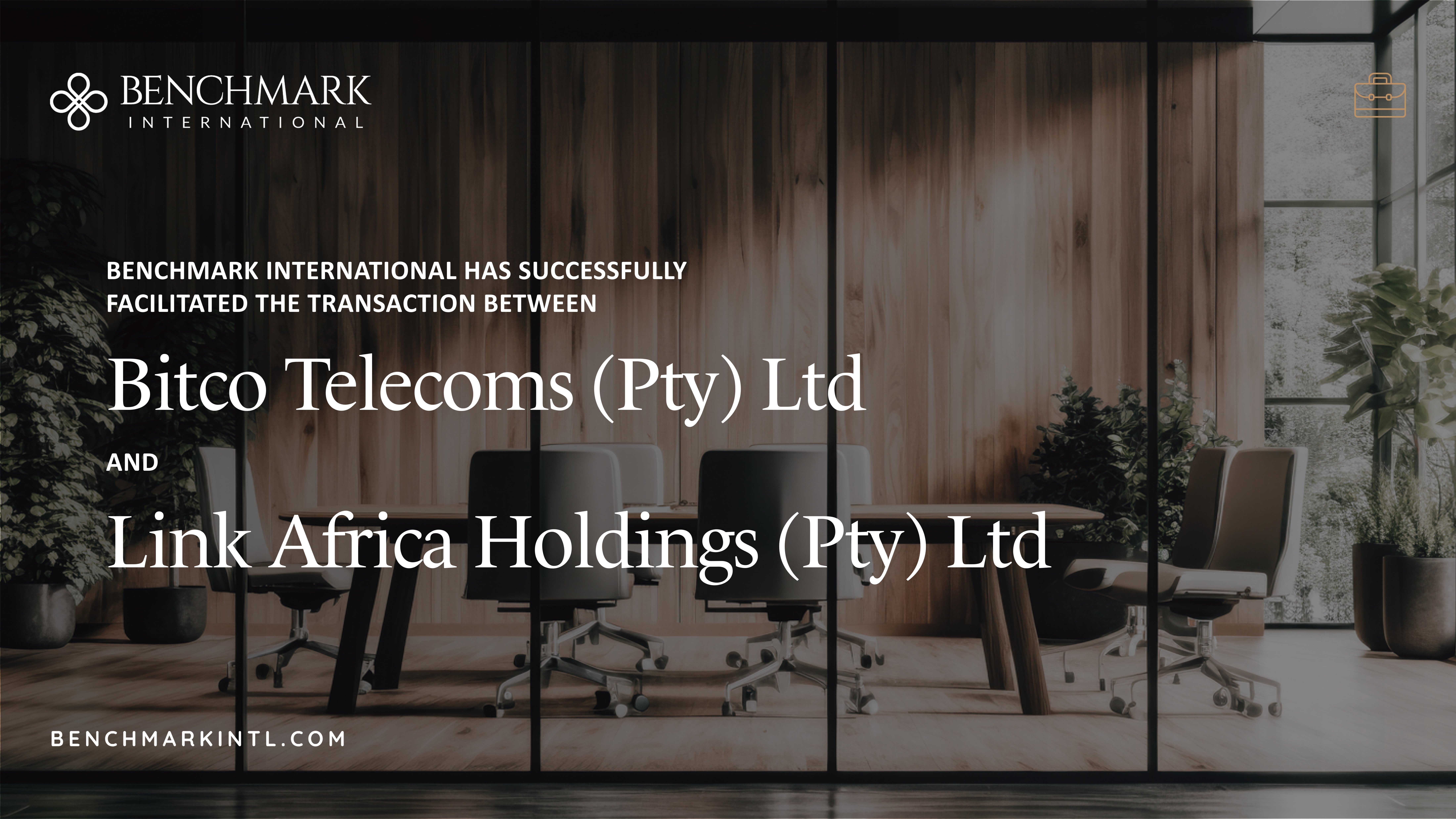
1 – Working Capital is Not Cash!
First and foremost, let’s be clear what working capital is not, it’s not cash! In fact, all things being equal, when working capital goes up, cash goes down, and vice versa. You'll often hear the expression, "the business needs to fund working capital for growth", when what is actually meant is that the business needs extra cash to finance the increase in working capital that accompanies growth. Businesses that try to grow without sufficient working capital are said to be 'over-trading'.
In most businesses, the basic components of working capital are stock, plus trade debtors, minus trade creditors. This working capital will have built up over time as the business has grown and, generally speaking, the longer a business has been trading, the more complex the components of working capital will have become. To explain this, we can consider a company that starts trading on Day One, wholly in cash and without holding any stock. After its first year of trading, all profits will be in the form of cash, so its balance sheet will be 100% cash, and there will be no working capital – i.e., no stock, debtors, or creditors. However, as the business starts to give credit to its customers (that become trade debtors), take credit from its suppliers (that become trade creditors), and invest in the stock, the constitution of the balance sheet will change such that its assets are cash, trade debtors and stock, and its liabilities are its trade creditors.
2 – Working Capital is Not Cheap!
Without adding the complications of investments in fixed assets etc., a business’s balance sheet (or net assets) will comprise two key components - cash and working capital. As the business makes a profit going forward, the balance sheet will grow, and the total cash plus working capital will also increase, although the split between cash and working capital will probably change.
In almost all businesses, profits generated are not necessarily turned into cash for the benefit of the business owners. Herein lies the cost, or opportunity cost, as profits are needed to fund working capital that would otherwise have been invested in other projects. The lost return on these potential projects is the real cost of tying up profits, or cash, in working capital.
The confusion between cash and working capital comes from discussions, and the language used, around the need to fund working capital, or the fact that cash that could be used elsewhere becomes tied up in working capital.
3 – As a Seller, Working Capital is Not Yours!
As a seller of a business, you will ordinarily be asked to leave what is referred to as a normalized level of working capital in the business at completion. This is because the price agreed with a buyer assumes that they will inherit all the assets needed to run the business and generate the profit, which the offer is based upon, going forward.
Working capital, or ‘net working capital’ (NWC) as it’s called in M&A circles, becomes a fundamental asset of the business, having been built up from profits over a period of time.
Where a deal includes ‘free cash’ - the cash that can be extracted at completion without affecting day to day operations of the business - a buyer will not allow a seller to artificially increase this free cash at the expense of working capital, otherwise, the buyer would need to replenish the working capital from profits, which would essentially be adding to the cost of the deal for the buyer. No buyer, for example, is going to pay a seller the value of trade debtors on top of the agreed price, knowing they will need to tie up cash post-deal as ongoing customers take normal levels of credit.
4 – Working Capital is Not Easy to Understand & Negotiate!
What is a normalized level of working capital in any given business will be an area of substantial detailed analysis, debate, and negotiation. For this reason, it’s usually one of the final things agreed upon in any deal.
Every business is different, but as expert advisers to the sellers, we will negotiate diligently to ensure a fair position is agreed upon.
You may also wish to read: Extracting Balance Sheet Cash at Deal Closing, by James Sloane.

Author
Andrew Roberts
Associate Director
Benchmark International
T: +44 (0) 161 359 4400
E: Roberts@BenchmarkIntl.com
Europe: Michael Lawrie at +44 (0) 161 359 4400 / Lawrie@BenchmarkIntl.com
Americas: Sam Smoot at +1 (813) 898 2350 / Smoot@BenchmarkIntl.com
Africa: Anthony McCardle at +27 21 300 2055 / McCardle@BenchmarkIntl.com
ABOUT BENCHMARK INTERNATIONAL
Benchmark International is a global M&A firm that provides business owners with creative, value-maximizing solutions for growing and exiting their businesses. Benchmark International has handled over $8.25 billion in transaction value across various industries from offices across the world. With decades of M&A experience, Benchmark International’s transaction teams have assisted business owners with achieving their objectives and ensuring the continued growth of their businesses. The firm has also been named the Investment Banking Firm of the Year by The M&A Advisor and the #1 Sell-side, Privately Owned M&A Advisor in the World by Pitchbook’s Global League Tables.
Website: http://www.benchmarkintl.com
Blog: http://blog.benchmarkcorporate.com
 Benchmark International
Benchmark International  Benchmark International
Benchmark International 






